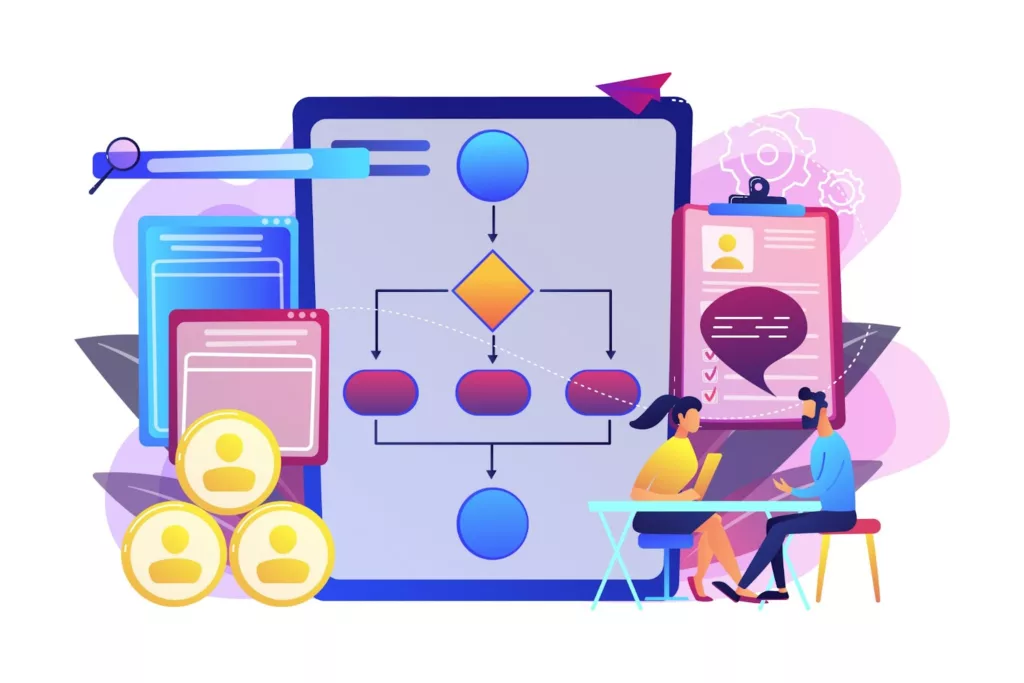Guest Post By: Harikrishna Kundariya

Product teams in startups typically work within a minimal budget and a highly pressured timeline. With limited resources, they need to develop new products based on the project idea without much user insight or inspiration to imitate.
However, an MVP can help tackle these uncertainties, maintain a customer-centric approach, and roll out your product on time and within budget. An MVP, or minimum viable product, is the initial version of the product that can be released in the market with just the much-needed functionalities necessary to solve a fundamental user problem.
Through MVPs, you can confirm the idea’s viability, identify customers’ preferences, and gather ground-zero feedback to develop final products quickly. This method heavily relies on detailed planning, eliminating unnecessary designs, adapting to market demands, and developing relevant products without heavily investing in time and money.
In this blog, we will describe in four quick steps how to ace your MVP development process and get the most out of it.
Table of Contents
How to Build an MVP: 4 Critical Steps
- Market research
Whether your vision is incredibly original and complex or simply an extension of the current situation, you must conduct market research to evaluate demand and existing competition. It helps you avoid major financial and time losses.
Lead your MVP development with in-depth market research. Through the study, you can get to know your ideal customer, how your product is distinctive and viable, how it can cater to a particular problem within the industry, and how to make it meet the customer’s needs as a long-term solution.
Remember that a successful launch of an MVP is to demonstrate to your product users how you can solve or add value to their needs. It helps make them realise the product benefits and effective ways of introducing it into the market.
- Define indicators and goals for performance.
Define the indicators that will monitor the efficiency of your project. If you are developing an app, you can measure it with:
- Total downloads in a given time frame.
- Overall number of downloads.
- Review and feedback score.
- User time spent on the product.
- Criteria that measure MVP in keeping up with customer’s needs.
This data can help you see a realistic picture and set clear project goals. With a proper understanding of what the result will look like, you can decide the features that will bring value to your users.
- Enlist features that are critical for the user.
When you have clearly defined the value you will be bringing to users, it is time to consider what your product will practically look like.
Before building, step into your customer’s shoes and visualise their experience of your product, from initial awareness to achieving their aim. Based on this consumer type and user journey, you can prioritise the features of your MVP. Focus on core functionalities that resolve significant troubles identified during research.
At this point in the development process, you must spell out what features MVP would include and what should be dropped. Place a narrow range of elements in the centre of your product that will help your customer complete their task. This targeted approach saves time and ensures your product is appropriate to address user concerns.
- Develop the MVP and analyse the results.
Now is the crucial stage where you start putting your product together. The MVP development here will emphasise on core functionalities, ensuring that it is user-friendly, performant, and meets the highest quality standards.
Focus on the primary functions or features that will combat users’ issues quickly. So, when your MVP is launched, you can choose which features add more value to its functioning and which can be removed as redundant in the final version.
- MVP Analysis
Measuring the results of your MVP confirms its usability and success rate in the market. It also accelerates the final product development processes, taking it to a superior performance. User feedback can help you know exactly what features can be improved. So, the designers can confirm or modify their assumptions early in the process.
- User testing is key: Analyse results through user testing. It is a rigorous examination of your idea and its modifications for future improvement.
- Embrace feedback: User feedback can help you know exactly what works and what does not, which features can be improved, and which can be eliminated or modified.
- Iterate and adapt: Modification is integral to the development cycles of your product. Be open to adjusting the product based on the continuous feedback you receive from the users so that it responds appropriately to market demand.
Quick Tips to Power Up Your MVP Development
MVP development is crucial for validating your product idea. Here are some focus areas to build it faster and better:
- Laser Focus: Prioritise features that address the most critical user problems first and eliminate the rest, if necessary.
- Build Smart: Take advantage of modern techniques and frameworks to minimise development time and build future-ready products.
- Rapid Iterations: The MVP is further built into a final product with a constant and rapid iteration of user feedback. The faster you can mould and develop, the less it will be affected by underperformance.
- Data-driven Decisions: Incorporate user testing as opposed to relying on assumptions. Base your decisions on the result data and not personal likings to make a holistic product.
Conclusion
Summing it all up, MVP development is a process of product iteration that consists of three main components: the minimal product, user engagement measurement, and data learning. It’s all about moving step-by-step, verifying your predictions, and enhancing endlessly based on customers’ feedback.
However, an MVP is not the ultimate product but a vital form that can easily be turned into a final product based on its viability. It is a strategic investment that enables startups and enterprises to launch quickly, be more adaptive than their competitors in the market, and build products that reflect their brand vision.

About Author:
Harikrishna Kundariya, a marketer, developer, IoT, ChatBot & Blockchain savvy, designer, co-founder, Director of eSparkBiz Technologies. His 12+ years of experience enables him to provide digital solutions to new start-ups based on IoT and SaaS applications.